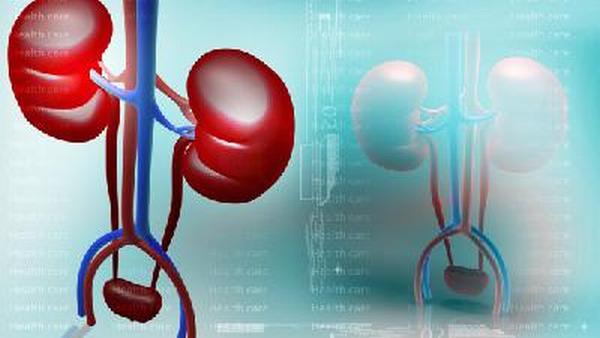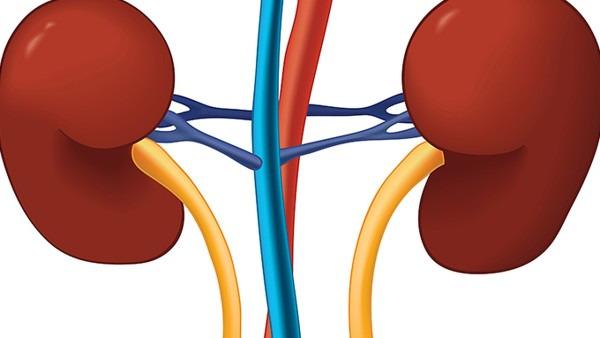肾癌尿血如何止血最好呢
 肾癌疾病编辑
肾癌疾病编辑
 肾癌疾病编辑
肾癌疾病编辑
Title: Managing Hematuria in Renal Cell Carcinoma: Effective Strategies for Stopping the Bleeding
Introduction:

Renal cell carcinoma, commonly referred to as kidney cancer, is a type of cancer that starts in the cells of the kidney. One common symptom associated with renal cell carcinoma is hematuria, which is the presence of blood in the urine. Hematuria can be distressing and prompt the need for immediate medical attention. In this article, we will explore some effective strategies for stopping the bleeding and managing hematuria in patients with renal cell carcinoma.
1. Rest and Hydration:
In cases of mild to moderate hematuria, rest and hydration play a crucial role in managing and stopping the bleeding. Increased fluid intake can help dilute the blood in the urine, reducing its intensity. It is essential to drink plenty of water and other non-caffeinated fluids to ensure adequate hydration. Resting and avoiding strenuous activities can minimize the risk of exacerbating the bleeding.
2. Medical Interventions:
a) Medications: In some cases, medication can be prescribed to control and stop the bleeding. Tranexamic acid, an antifibrinolytic agent, can be used to prevent the breakdown of blood clots and reduce bleeding. However, the use of medication should be under medical supervision.
b) Topical Hemostatic Agents: In certain situations, when the source of bleeding is localized, topical hemostatic agents may be applied. These agents promote blood clotting and can effectively stop bleeding. However, their use and administration should be performed by a healthcare professional.
3. Interventional Radiology:
In more severe cases of hematuria that do not respond to conservative management, interventional radiology procedures can be considered. Procedures such as embolization can be performed, where a catheter is used to deliver agents that block the blood vessels supplying the tumor. This technique helps stop the blood flow to the tumor, effectively controlling the bleeding.
4. Surgical Intervention:
In rare cases where all other measures fail to control the hematuria, surgical intervention might be necessary. Surgical options, such as nephrectomy (removal of the affected kidney) or partial nephrectomy, may be considered to manage and control the bleeding effectively.
Conclusion:
Hematuria in renal cell carcinoma can be a distressing symptom, but several strategies can help effectively manage and stop the bleeding. Rest, hydration, and certain medications may be enough in mild cases, while topical hemostatic agents and interventional radiology procedures can be considered in moderate to severe cases. Surgical intervention is only utilized as a last resort. It is crucial to consult with a healthcare professional for an accurate diagnosis and appropriate management of renal cell carcinoma-related hematuria.




